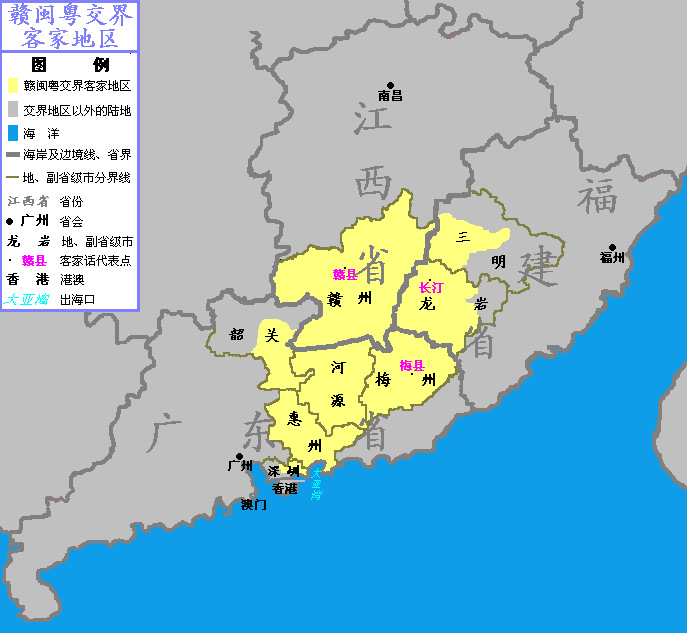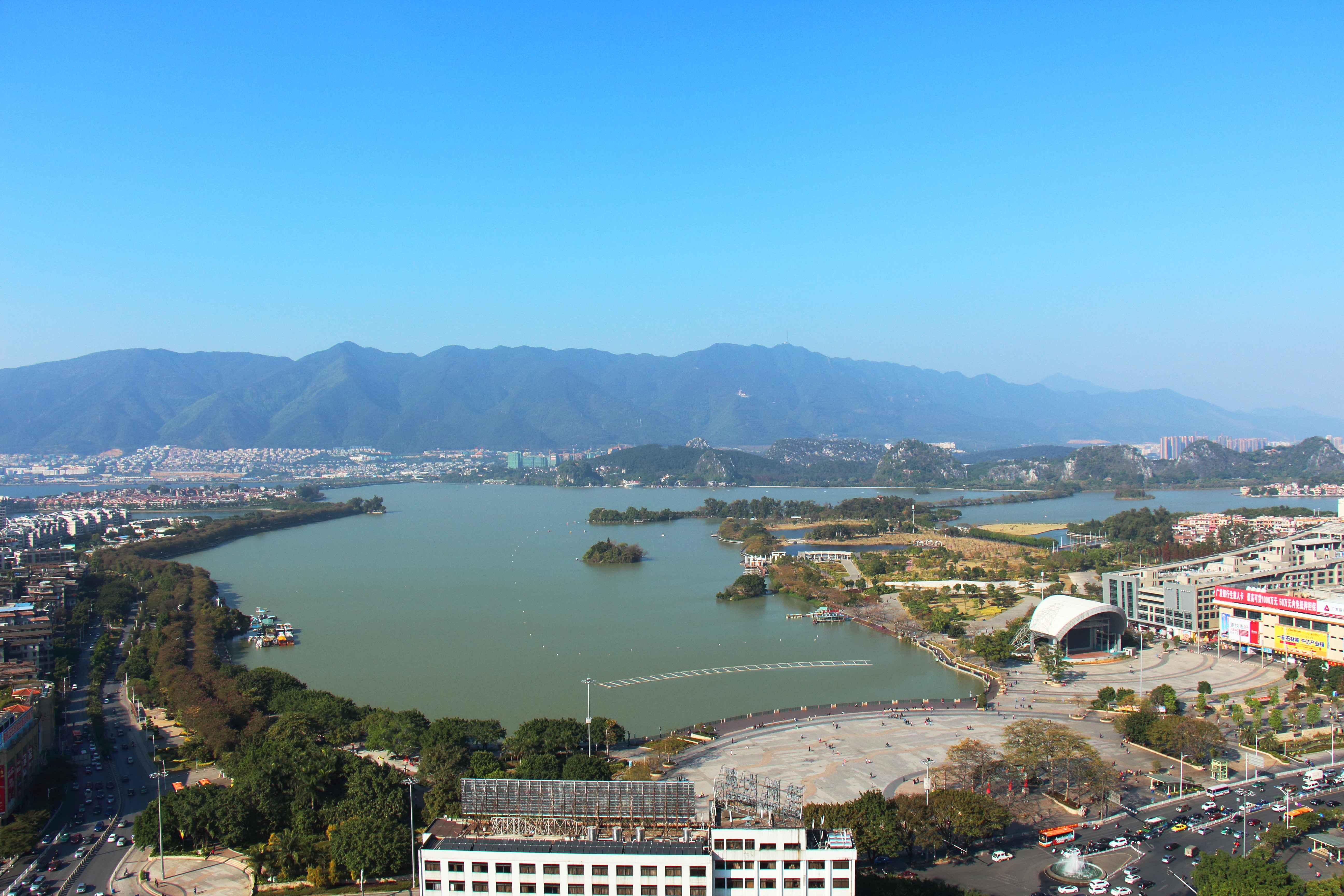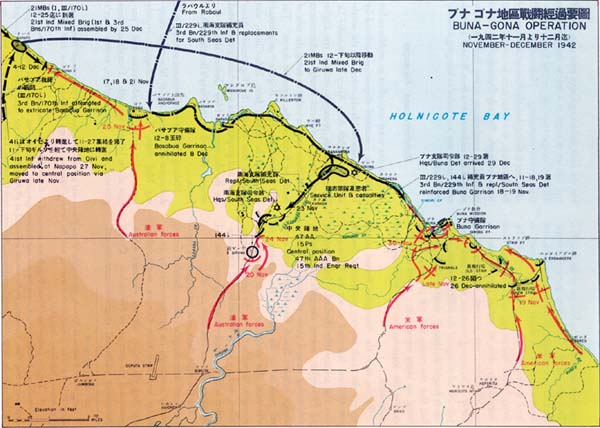|
104th Division (Imperial Japanese Army)
The was an infantry division of the Imperial Japanese Army. Its call sign was the . It was formed 16 June 1938 in Osaka as a B-class square division. The nucleus for the formation was the 4th division headquarters. The division was originally subordinated to the Northern China Area Army. History Originally the ''104th division'' was sent for the escalating Battle of Lake Khasan on Soviet border, but the battle was finished 11 August 1938. Therefore, the ''104th division'' was attached to 21st Army on 19 September 1938 and sailed from Dalian on 4 October 1938. It arrived in Daya Bay on 12 October 1938. The 137th Infantry Regiment then landed and proceeded inland to isolate Hong Kong, as part of the large-scale Canton Operation. Afterwards, the main garrison of the 104th Division was established in Conghua District. On 9 February 1940 the 21st Army was dissolved and the 104th Division was reassigned to the Southern China Area Army. The 104th Division was reassigned to the 23rd ... [...More Info...] [...Related Items...] OR: [Wikipedia] [Google] [Baidu] |
Empire Of Japan
The also known as the Japanese Empire or Imperial Japan, was a historical nation-state and great power that existed from the Meiji Restoration in 1868 until the enactment of the post-World War II 1947 constitution and subsequent formation of modern Japan. It encompassed the Japanese archipelago and several colonies, protectorates, mandates, and other territories. Under the slogans of and following the Boshin War and restoration of power to the Emperor from the Shogun, Japan underwent a period of industrialization and militarization, the Meiji Restoration, which is often regarded as the fastest modernisation of any country to date. All of these aspects contributed to Japan's emergence as a great power and the establishment of a colonial empire following the First Sino-Japanese War, the Boxer Rebellion, the Russo-Japanese War, and World War I. Economic and political turmoil in the 1920s, including the Great Depression, led to the rise of militarism, nationa ... [...More Info...] [...Related Items...] OR: [Wikipedia] [Google] [Baidu] |
Japanese Northern China Area Army
The was an area army of the Imperial Japanese Army during the Second Sino-Japanese War. History The Japanese North China Area Army was formed on August 21, 1937 under the control of the Imperial General Headquarters. It was transferred to the newly formed China Expeditionary Army on September 23, 1939. Headquartered in Beijing, it was responsible for direction and coordination of the Japanese military activity in all of north China. It was demobilized in Beijing at the surrender of Japan The surrender of the Empire of Japan in World War II was announced by Emperor Hirohito on 15 August and formally signed on 2 September 1945, bringing the war's hostilities to a close. By the end of July 1945, the Imperial Japanese Navy .... List of Commanders Commanding officers Chiefs of Staff References * *{{cite book , last = Madej , first = Victor , year = 1981 , title = Japanese Armed Forces Order of Battle, 1937–1945 , publisher = Game Publishing Company ... [...More Info...] [...Related Items...] OR: [Wikipedia] [Google] [Baidu] |
Huizhou
Huizhou ( zh, c= ) is a city in central-east Guangdong Province, China, forty-three miles north of Hong Kong. Huizhou borders the provincial capital of Guangzhou to the west, Shenzhen and Dongguan to the southwest, Shaoguan to the north, Heyuan to the northeast, Shanwei to the east, and Daya Bay of the South China Sea to the south. As of the 2020 census, the city has about 6,042,852 inhabitants and is administered as a prefecture-level city. Huizhou's core metropolitan area, which is within Huicheng and Huiyang Districts, is home to around 2,090,578 inhabitants. History During the Song dynasty, Huizhou was a prefectural capital of the Huiyang prefecture and the cultural center of the region. The West Lake in Huizhou was formerly known as Feng Lake. At the age of 59, Su Shi was exiled to Huizhou by the imperial government of Song. When he visited Feng Lake in Huizhou, he found it located in the west of the city and was as beautiful as West Lake in Hangzhou. Therefore, he renam ... [...More Info...] [...Related Items...] OR: [Wikipedia] [Google] [Baidu] |
Xiangzhou County
Xiangzhou County (; za, Siengcouh Yen) is a county of Guangxi, China. It is under the administration of the prefecture-level city of Laibin Laibin (, Zhuang: Laizbinh) is a prefecture-level city in the central part of the Guangxi Zhuang Autonomous Region, China. History Laibin is an ancient town with more than 2000 years of history. The area was settled in prehistoric times, more tha .... Climate References Counties of Guangxi Laibin {{Guangxi-geo-stub ... [...More Info...] [...Related Items...] OR: [Wikipedia] [Google] [Baidu] |
Wuxuan County
Wuxuan County (; za, Vujsenh Yen) is a county in the east-central part of Guangxi, China. It is under the administration of the prefecture-level city of Laibin. During the Cultural Revolution The Cultural Revolution, formally known as the Great Proletarian Cultural Revolution, was a sociopolitical movement in the People's Republic of China (PRC) launched by Mao Zedong in 1966, and lasting until his death in 1976. Its stated goal ..., the county was the site of pitched battles between rival factions. The investigative journalist Zheng Yi wrote of these battles and cases of cannibalism of members of the fallen faction in his book '' Scarlet Memorial: Tales Of Cannibalism In Modern China''. Climate Notes References * Further reading * External links * Counties of Guangxi Laibin Incidents of cannibalism Cannibalism in Asia {{Guangxi-geo-stub ... [...More Info...] [...Related Items...] OR: [Wikipedia] [Google] [Baidu] |
Zhaoqing
Zhaoqing (), alternately romanized as Shiuhing, is a prefecture-level city in Guangdong Province, China. As of the 2020 census, its population was 4,113,594, with 1,553,109 living in the built-up (or metro) area made of Duanzhou, Dinghu and Gaoyao. The prefectural seat—except the Seven Star Crags—is fairly flat, but thickly forested mountains lie just outside its limits. Numerous rice paddies and aquaculture ponds are found on the outskirts of the city. Sihui and the southern districts of the prefecture are considered part of the Pearl River Delta. Formerly one of the most important cities in southern China, Zhaoqing lost its importance during the Qing dynasty and is now primarily known for tourism and as a provincial "college town". Residents from Guangzhou, Shenzhen, and the other cities of the Pearl River Delta often visit it for weekend excursions. It is also a growing manufacturing center. Name Zhaoqing was known to the Qin and Han as Gaoyao (高要). It was re ... [...More Info...] [...Related Items...] OR: [Wikipedia] [Google] [Baidu] |
Guangzhou
Guangzhou (, ; ; or ; ), also known as Canton () and alternatively romanized as Kwongchow or Kwangchow, is the capital and largest city of Guangdong province in southern China. Located on the Pearl River about north-northwest of Hong Kong and north of Macau, Guangzhou has a history of over 2,200 years and was a major terminus of the maritime Silk Road; it continues to serve as a major port and transportation hub as well as being one of China's three largest cities. For a long time, the only Chinese port accessible to most foreign traders, Guangzhou was captured by the British during the First Opium War. No longer enjoying a monopoly after the war, it lost trade to other ports such as Hong Kong and Shanghai, but continued to serve as a major transshipment port. Due to a high urban population and large volumes of port traffic, Guangzhou is classified as a Large-Port Megacity, the largest type of port-city in the world. Due to worldwide travel restrictions at the beginni ... [...More Info...] [...Related Items...] OR: [Wikipedia] [Google] [Baidu] |
Japanese Invasion Of French Indochina
The was a short undeclared military confrontation between Japan and France in northern French Indochina. Fighting lasted from 22 to 26 September 1940; the same time as the Battle of South Guangxi in the Sino-Japanese War, which was the main objective as to why Japan occupied Vietnam during this time. The main objective of the Japanese was to prevent China from importing arms and fuel through French Indochina along the Kunming–Haiphong railway, from the Indochinese port of Haiphong, through the capital of Hanoi to the Chinese city of Kunming in Yunnan. Although an agreement had been reached between the French and Japanese governments prior to the outbreak of fighting, authorities were unable to control events on the ground for several days before the troops stood down. As per the prior agreement, Japan was allowed to occupy Tonkin in northern Indochina, and thus effectively blockade China. Background The occupation of Indochina also fit into Japan’s long-term plans. J ... [...More Info...] [...Related Items...] OR: [Wikipedia] [Google] [Baidu] |
21st Independent Mixed Brigade (Imperial Japanese Army)
The 21st Independent Mixed Brigade (21st IMB) was an infantry brigade of the Imperial Japanese Army raised during World War II. Formed in January 1941 in Osaka, Japan, the brigade consisted of a single infantry regiment and support elements. It undertook occupation duties in Indochina before being sent to Malaya and then Rabaul. In late 1942, the brigade was sent to take part in the Battle of Buna–Gona in New Guinea. It was withdrawn to Rabaul, and then Japan, in June 1943. Elements of the brigade were converted into other formations and the formation ceased to exist in July 1943. History The 21st IMB was established to be used in the occupation of French Indochina. It was formed in Osaka, Japan, from the 170th Infantry Regiment, which was detached from the 140th Division in January 1941. Its commander was Major General Yamagata Tsuyuo. It consisted of a single, three battalion infantry regiment, which was unique amongst the other Japanese mixed brigades. In addition, it was ... [...More Info...] [...Related Items...] OR: [Wikipedia] [Google] [Baidu] |
Triangular Division
A triangular division is a designation given to the way military divisions are organized. In a triangular organization, the division's main body is composed of three regimental maneuver elements. These regiments may be controlled by a brigade headquarters (more typical in World War I) or directly subordinated to the division commander. By contrast, in a square division, there were typically two brigades of two regiments. Other structures are possible, such as a pentomic division, where the division commander controls five maneuver elements, which was used in the United States Army in the late 1950s, with the regiments replaced by combined arms battlegroups.http://www.history.army.mil/html/books/060/60-14-1/cmhPub_60-14-1.pdf ''Wilson, John B. Maneuver and Firepower: The Evolution of Divisions and Separate Brigades'' (CMH Pub 60-14-1). Army Lineage Series. Washington: Center of Military History: 272-276. Asia Imperial Japanese Army and National Revolutionary Army Divisions wer ... [...More Info...] [...Related Items...] OR: [Wikipedia] [Google] [Baidu] |
Japanese Southern China Area Army
The was a field army of the Imperial Japanese Army during Second Sino-Japanese War. History The Japanese South China Area Army was formed on February 9, 1940 under the control of the China Expeditionary Army. It was transferred to direct control by the Imperial General Headquarters on July 23, 1940. Headquartered in Canton, it was responsible for direction of the Japanese invasion of southern China, garrisoning Japanese-occupied Guangdong Province and controlling military operations in neighboring Guangxi Province Guangxi (; ; alternately romanized as Kwanghsi; ; za, Gvangjsih, italics=yes), officially the Guangxi Zhuang Autonomous Region (GZAR), is an autonomous region of the People's Republic of China, located in South China and bordering Vietnam ( .... It was disbanded on June 26, 1941 and its component units were reassigned back to the China Expeditionary Army. On March 9, the 106th Division was recalled to Japan for demobilization from Central China. It was dis ... [...More Info...] [...Related Items...] OR: [Wikipedia] [Google] [Baidu] |
Conghua District
Conghua District, alternately romanized as Tsungfa, is one of 11 urban districts and the northernmost district of the prefecture-level city of Guangzhou, the capital of Guangdong Province, China. Conghua connects the Pearl River Delta with the mountainous area of northern Guangdong. Within China, it is known for its hot springs and lychees. It covers an area of , with a population of 543.377 in 2006. Its GDP was RMB10.369 billion (US$2,360 per person). History Under the Qing, the area was known as . It was subsequently upgraded to county-level city status and then, on 12 February 2014, to an urban district of Guangzhou. Administrative divisions Climate See also * Conghua city yueyuan animal breeding farm * Guangzhou * Wenquan, Guangdong Wenquan () is a town of Conghua in central Guangdong province, China, located about northeast of Guangzhou Baiyun International Airport. , it has 3 residential communities () and 22 villages under its administration. See also *List ... [...More Info...] [...Related Items...] OR: [Wikipedia] [Google] [Baidu] |





